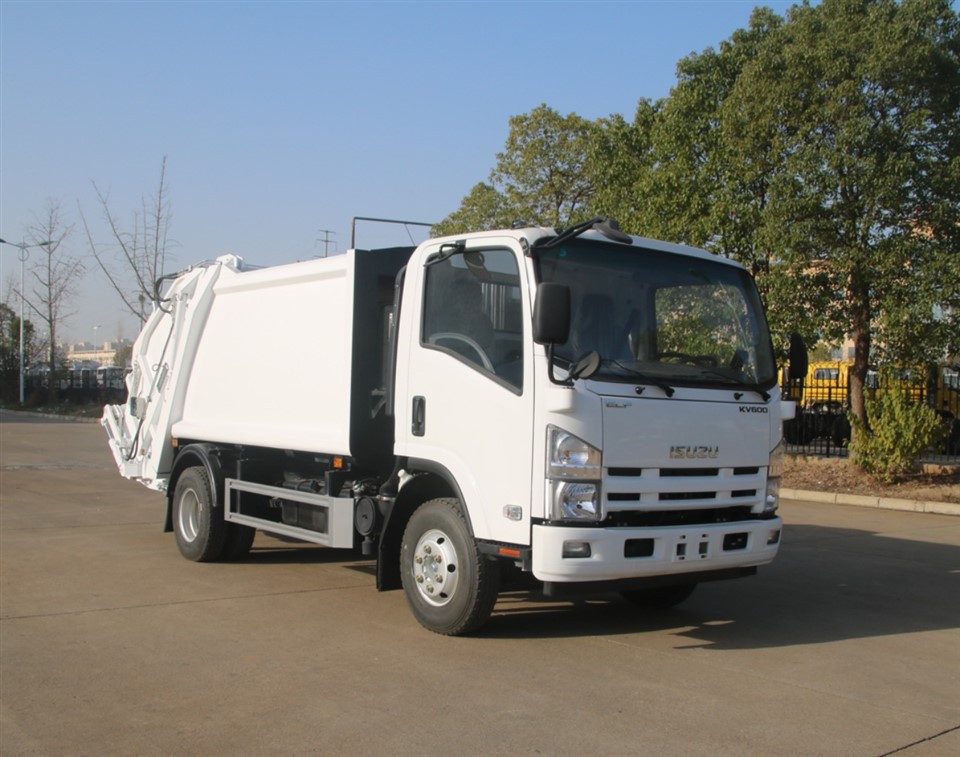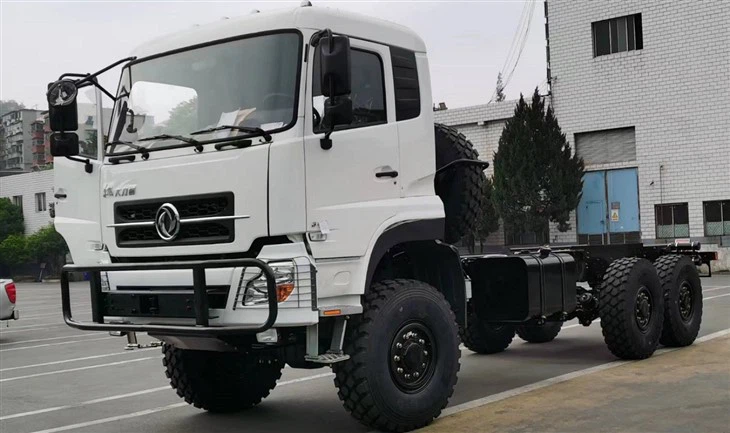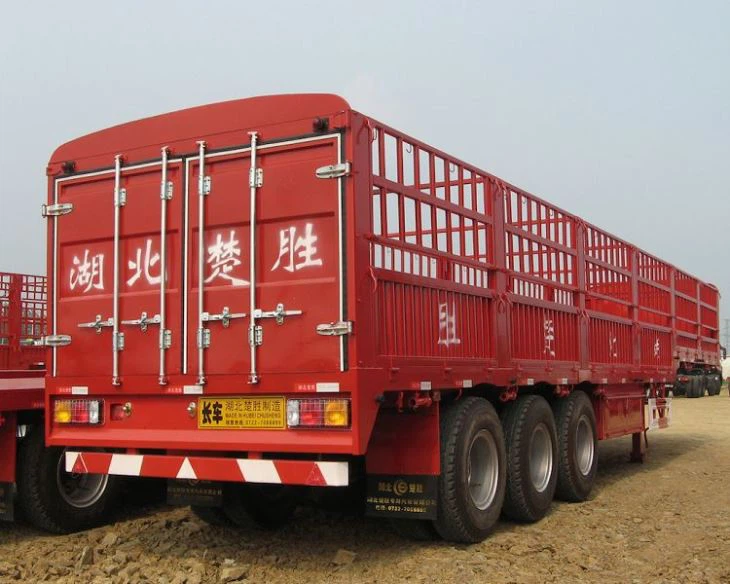Understanding Trash Trucks with Arms: Efficiency and Innovation in Waste Management

Trash trucks with arms, also known as automated garbage trucks, have revolutionized the waste management industry. These vehicles combine advanced technology with practical design to enhance the efficiency of refuse collection while ensuring the safety of both workers and the environment. This article explores every aspect of trash trucks with arms, examining their functionality, benefits, types, and the future of waste management.

What is a Trash Truck with Arm?
A trash truck with arm refers to a specialized garbage collection vehicle equipped with a robotic arm that automates the lifting and dumping of containers. This innovation reduces the need for manual labor and minimizes the risk of injury to waste management workers.
Types of Trash Trucks with Arms
There are several types of trash trucks with arms, each designed to meet specific needs and operational requirements:
1. Side-Loader Trash Trucks
Side-loader trucks have an arm that extends from the side of the vehicle. It is designed to pick up cans and bins positioned at the curb. This design allows for easy maneuvering in narrow streets and prevents workers from leaving the cab.
2. Front-Loader Trash Trucks
Front-loader trucks are equipped with a fork-like arm extending from the front. These trucks are often used in commercial waste collection where large dumpsters are the norm. They efficiently lift and empty containers directly into the truck’s compaction chamber.
3. Rear-Loader Trash Trucks
Although rear-loader trucks have traditionally relied on manual labor, some modern designs integrate automated arms to aid in lifting containers. This results in improved efficiency while maintaining the classic rear-loading configuration.
How Trash Trucks with Arms Work
The operation of a trash truck with an arm involves several key components that work together to ensure efficient waste collection:
1. Hydraulic Systems
The arm of a trash truck is powered by a hydraulic system that enables smooth movement and lifting capabilities. Operators use controls within the cab to orchestrate the arm’s movements.
2. Sensors and Cameras
Many modern trash trucks with arms are fitted with sensors and cameras that assist operators in positioning the arm correctly. This technology minimizes errors during waste collection, ensuring containers are not damaged.
3. Compactor Mechanism
After lifting and emptying the trash into the truck, the waste is compacted. The compaction mechanism allows trucks to carry larger loads, improving overall efficiency and reducing the number of trips to disposal facilities.
Benefits of Trash Trucks with Arms
Investing in trash trucks with arms offers several significant advantages:
1. Increased Efficiency
Automating the waste collection process with a trash truck featuring an arm significantly reduces collection time, allowing communities to complete routes in less time.
2. Enhanced Safety
With the robotic arm handling heavy lifting, the risk of injury to waste management workers diminishes. This transfer of labor from human to machine keeps workers safer on the job.
3. Reduced Labor Costs
While the initial investment in these specialized trucks may be higher, they can ultimately lead to labor cost reductions as fewer operators are needed to collect waste.
4. Environmentally Friendly
Automated refuse collection minimizes spillage and contamination during the waste collection process, leading to a cleaner environment and lower disposal costs.
Challenges in Using Trash Trucks with Arms
Despite the many benefits, there are challenges associated with trash trucks with arms:
1. High Initial Investment

The cost of purchasing automated trash trucks is often much higher than traditional refuse vehicles. Cities and municipalities must evaluate budget constraints before committing to this investment.
2. Maintenance and Repairs
As with any advanced machinery, trash trucks with arms require regular maintenance. The hydraulic systems and electronic components may exploit service and repair expertise, leading to higher operational costs if not managed effectively.
3. Training Requirements
Operators must be adequately trained to handle these vehicles, specifically in the safe operation of the robotic arm and the use of sensors and controls. This training can incur additional expenses and time resources.
Examples of Trash Trucks with Arms in Use
Numerous municipalities have successfully implemented trash trucks with arms, streamlining their waste management processes:
1. City of San Diego
San Diego utilizes side-loader trash trucks equipped with robotic arms. This deployment has led to increased efficiency in their waste collection, reducing operational costs.

2. City of Seattle
Seattle’s waste management department adopts front-loader trucks for commercial waste collection. Their automated technology allows for faster pickups and increased safety.
3. City of New York
New York City has integrated automated refuse collection trucks in select neighborhoods, improving operational efficiency while enhancing curb appeal and cleanliness in the city.
Best Practices for Implementing Trash Trucks with Arms
To maximize the potential of trash trucks with arms, municipalities should consider the following best practices:
1. Conduct Thorough Research
Before purchasing, conduct comprehensive research to compare different models, focusing on efficiency, capacity, and maintenance requirements.
2. Engage Stakeholders
Involve community stakeholders in the decision-making process to analyze the needs and preferences of residents regarding waste collection.
3. Pilot Programs
Implement pilot programs to test the effectiveness of trash trucks with arms in limited areas. Gather data and feedback from operators and residents before full-scale deployment.
The Future of Trash Trucks with Arms
The future of waste management and trash trucks with arms appears bright as advances in technology continue to emerge. Emphasis on sustainability will undoubtedly foster the development of more efficient, eco-friendly refuse collection methods. Key trends to watch include:
1. Electric Trash Trucks
With the increasing focus on sustainability, there is a shift toward electric trash trucks that reduce emissions and operating costs. As battery technology improves, these vehicles will become more viable for widespread use.
2. Smart Waste Management Systems
Integrating IoT (Internet of Things) technology into waste management can lead to smarter collection schedules. Sensors in bins can signal when they are full, optimizing routes for trash trucks.
3. Enhanced Robotic Technology
Future advancements in robotics will further improve the efficiency and precision of trash trucks with arms, making waste collection more streamlined and automated.
FAQ Section
1. What is the typical cost of a trash truck with an arm?
The cost of a trash truck with an arm varies widely based on the type and specifications, ranging from $250,000 to over $500,000.
2. How long do trash trucks with arms last?
With proper maintenance, trash trucks with arms can last between 10 to 15 years, providing a long-term solution for waste collection.
3. What type of waste can be collected with an automated truck?
Automated trash trucks can collect a wide range of solid waste, including household garbage, recyclables, and organic waste, depending on the community’s waste management program.
4. Are trash trucks with arms safe for operators?
Yes, trash trucks with arms are designed to enhance safety for operators by minimizing the need for manual lifting and reducing exposure to hazardous conditions.
5. Can smaller communities utilize trash trucks with arms?
Yes, smaller communities can adopt trash trucks with arms, although they should assess their waste collection needs and budget for the investment and ongoing operational costs.
6. How are trash trucks with arms maintained?
Maintenance involves regular inspections of the hydraulic systems and the robotic arm, along with routine servicing of the vehicle itself to ensure smooth operation.
